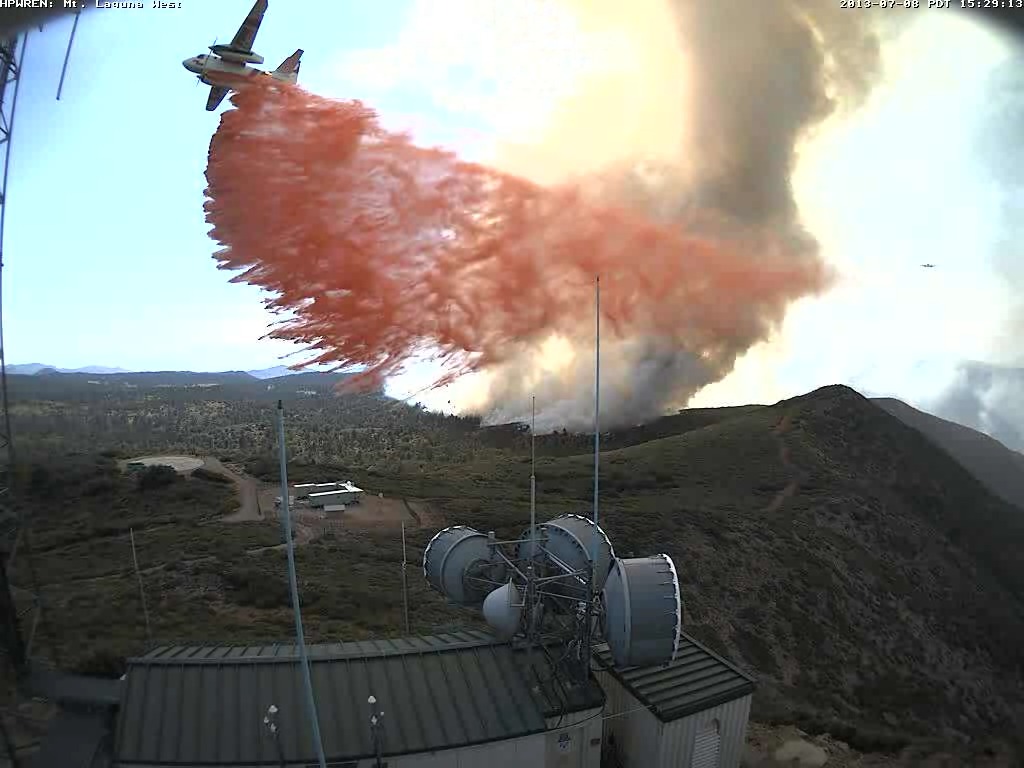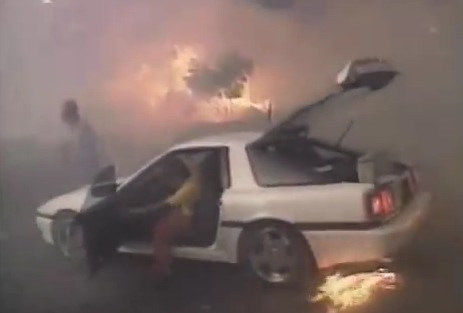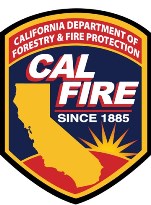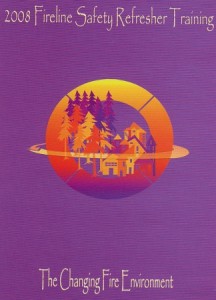
Victims who lost homes and cabins in two fires last year in southern California have filed claims against two public agencies alleging they are responsible for starting the blazes.
Chariot Fire
10News in San Diego is reporting that some of the owners of the 100 cabins that burned at the Al Bahr Shrine Camp east of San Diego on Mt. Laguna are claiming that the fire was started by the operation of a Bureau of Land Management vehicle. The Chariot Fire started July 6, 2013 near the Butterfield Ranch in the Anza-Borrego Desert, 3.000 vertical feet below the community of Mt. Laguna. Managed by CAL FIRE, it burned into the Cleveland National Forest not far from the Mt. Laguna Engine Station. In addition to wiping out many of the structures at the Shrine Camp, it threatened electronic sites at the former Mt. Laguna Air Force Base.
From 10News:
“We’ve hired experts and we’ve done an investigation,” [attorney John] Fiske said. “We believe that a Bureau of Land Management Jeep, driven by a Bureau of Land Management officer, started the fire in the desert and it burned 7,000 acres — the equivalent of 11 square miles.”
Fiske said the experts believe the person driving the Jeep didn’t notice. He has filed a claim against the BLM on behalf of Woodworth, the Al Bahr Shrine Camp and nearly 100 other cabin owners.
Wildfire Today’s coverage, including more photos, of the Chariot Fire.
Powerhouse Fire
From the AP:
Victims of a wildfire that burned 24 homes have sued the Los Angeles Department of Water and Power, claiming the utility started the huge blaze and failed to properly maintain power lines and equipment.
About 100 plaintiffs, ranging from homeowners to a camp for disabled children, filed the lawsuit last month alleging negligence, dangerous condition of public property and other grounds, the Daily News reported Wednesday (http://bit.ly/1lIIUEC).
The plaintiffs are seeking unspecified damages in Los Angeles Superior Court.
The Powerhouse Fire burned 53 structures, including two dozen homes, and more than 30,000 acres near Santa Clarita and in Angeles National Forest. It began May 30 near a hydroelectric power plant and burned for about 10 days.




